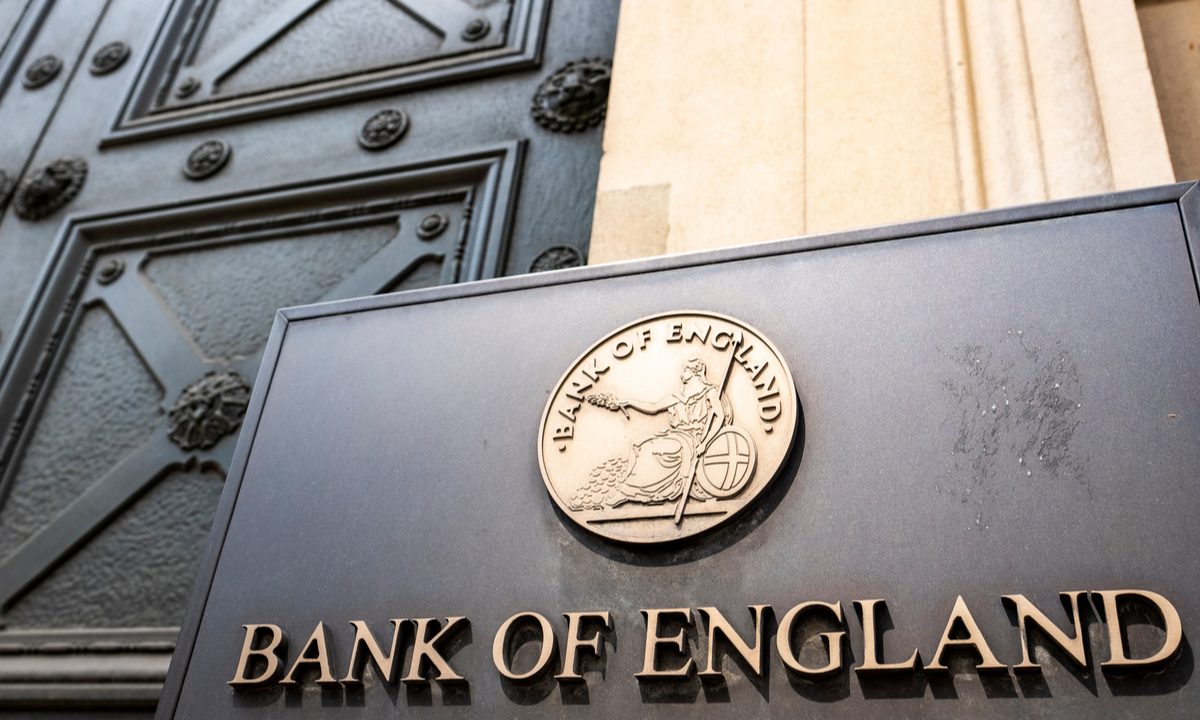Once again, wage growth has slowed in the UK jobs market.
Today, according to the Office for National Statistics, the annual rate of growth in earnings, including annual bonuses, has slowed to 6.5 per cent.
The data shows a massive slowing since the summer of last year, when wage growth was at its highest, measuring at 8.5 per cent.
In the three months leading up to October last year, the rate of pay growth was measured at a pace of 7.2 per cent.
Although, in November last year, the government announced that the National Living Wage would be increasing by more than one pound an hour in 2024, in the three months leading up to November, pay growth fell from 7.3 per cent to 6.6 per cent.
While the new official data suggests that the pressure on the UK economy, sourced by inflation, has eased more than the Bank of England predicted in its recent forecasts for the future of the economy, recruitment agencies warned that the UK job market is also slowing.
Page Group, Hays and Robert Walters said that business confidence was weak amongst company employers and noted that the UK was witnessing its worst-performing market as profits have decreased by 20 per cent.
For the 18th time, the number of vacancies has dropped in the UK.
In the two months between October and December, the estimated number of employment vacancies across the nation fell by 49,000 – said the Office for National Statistics.
Despite the festive period being the most beneficial season for retailers, retail companies reported the most fall in vacancies.
Grant Fitzner, the Chief Economist at the Office for National Statistics, told reporters that there was evidence that shows the labour market has been “softening somewhat in recent months”.
Fitzner went on to note that the number of employers who had reported recruitment difficulties, had “fallen significantly over the past year”.
With reference to the current cost of living crisis, the Chief Economist recognised: “It is worth pointing out that although we haven’t seen much change in the unemployment rate in recent months, it is higher than it was this time last year, so there has been some softening in the labour market as reflected by the unemployment rate and reflected by job vacancies.”
The UK should expect “further weakness for labour market ahead”, warned Yael Selfin, the Chief Economist at the KMPG UK accountancy firm.
“The unique circumstances which fuelled pay growth, including strong demand for workers and higher pay demands to keep pace with the sharp rise in the cost of living, have receded in recent months,” Selfin added.
Considering job vacancies are expected to fall even further in 2024, generating a strong demand for employees and a higher demand for wages that match the rate of inflation, pay growth could continue to fall towards 2 per cent by the end of this year.
According to KPMG’s Chief Economist this “will likely bolster the case for interest rate cuts later this year”.
In November last year, the Bank of England reported that the consumer prices index (CPI) had dropped to 3.9 per cent.
The independent forecasts also recognised that with adding pressures on the Bank of England, the CPI could plummet further by April 2024 – dropping by a total of 5.9 per cent.
This unexpected development prompted optimism and business confidence, relating to the Bank of England’s position on interest rates and raising the possibility of an earlier-than-anticipated rate cut.







